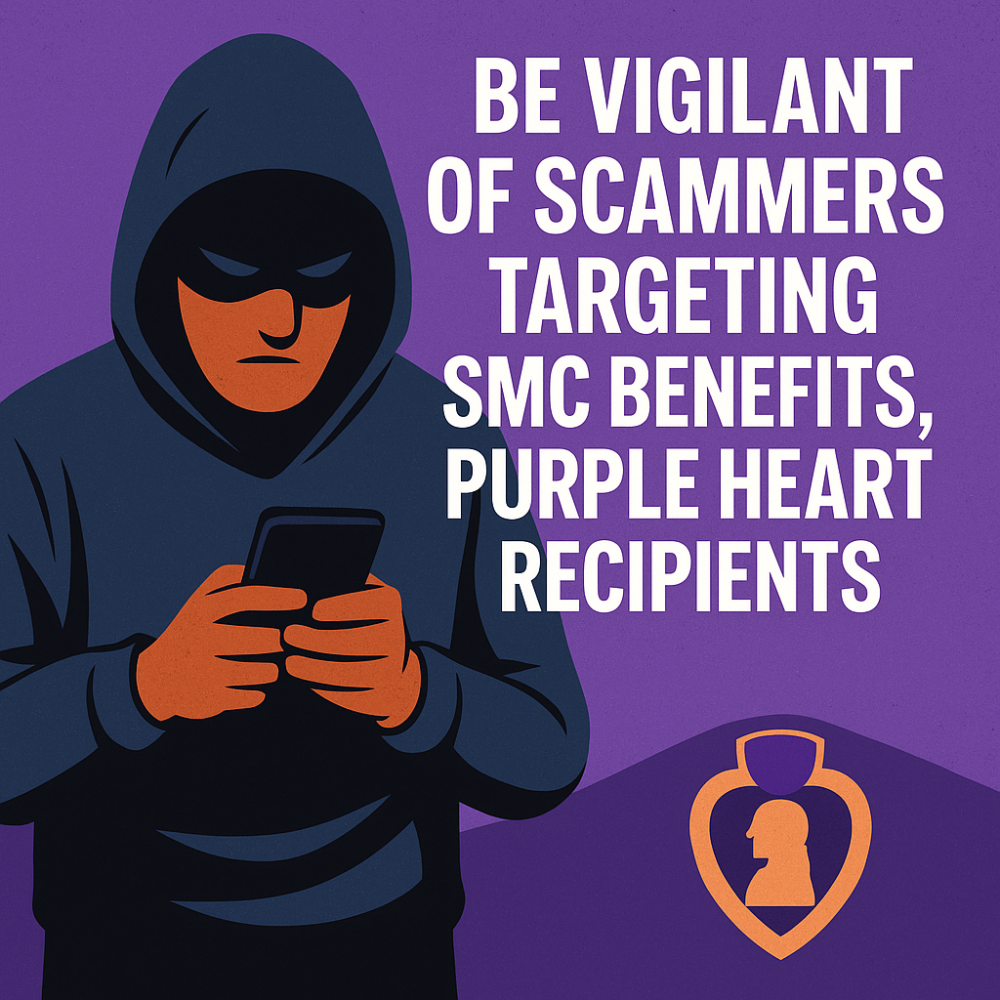Ensuring a Professional Background and Minimizing Background Noises
The shift to remote work has transformed our homes into virtual boardrooms, client meeting spaces, and team collaboration hubs. In this virtual work environment, the presentation matters. Not only does it reflect on one’s professionalism, but it also ensures clear communication.
This section delves into the nuances of setting up a professional background for virtual calls and minimizing disruptive background noises, ensuring clarity and credibility in every virtual interaction.
1. Why Presentation in Virtual Meetings Matters
- First Impressions: Just as in physical meetings, first impressions are pivotal. A cluttered background can distract and may not convey professionalism.
- Focus on Content: A neat background ensures the focus remains on the meeting’s content rather than what’s happening behind you.
- Setting Standards: Presenting a polished virtual appearance can set a tone for the team and even clients, highlighting the importance of professionalism despite remote work.
2. Setting Up a Professional Background
- Dedicated Space: If possible, designate a specific spot in your home for virtual meetings, ensuring it is tidy and free from personal clutter.
- Neutral Backdrops: A plain wall, a bookshelf, or indoor plants offer a neutral yet professional backdrop.
- Virtual Backgrounds: Platforms like Zoom allow users to set virtual backgrounds. Choose an image that’s relevant, not too flashy, and aligns with the professional image you wish to convey.
- Camera Angle and Position: Ensure the camera is at eye level and captures only the intended background area. Avoid angles that showcase the ceiling or unnecessary parts of the room.
3. Lighting: The Unsung Hero

- Natural Light: Whenever possible, position your workspace to make the most of natural light, which offers a soft, flattering glow.
- Artificial Lighting: In the absence of natural light or for meetings outside daylight hours, invest in good quality LED lights. Ring lights are a popular choice among remote professionals.
- Avoid Backlight: Ensure no strong light source is directly behind you, which can render you as a silhouette, making it challenging for participants to see you.
4. Minimizing Background Noises
- Awareness: Identify common noise sources in your environment. This could be anything from kitchen appliances, pets, televisions, to street noises.
- Soundproofing Techniques: Consider investing in simple soundproofing solutions, such as weather stripping for doors and windows, thick curtains, or even specific soundproofing panels.
- Background Noise Cancellation Tools: Software solutions like Krisp can help filter out unwanted noises during calls.
- Quality Headsets: A noise-cancelling headset can greatly improve audio quality, ensuring your voice is clear while minimizing background noises.
5. Communicating with House Members

- Set Boundaries: If living with family or flatmates, communicate your meeting schedules in advance, ensuring they’re aware and can minimize disturbances.
- Signage: A simple ‘In a Meeting’ sign on your door can alert others to avoid making loud noises or interrupting.
6. Handling Unpredictable Disturbances
- Grace and Humor: Sometimes, disturbances are inevitable, like a pet making an unexpected appearance. Handle such moments with grace and a touch of humor.
- Immediate Mitigation: Have your microphone’s mute button within easy reach so you can instantly mute in case of sudden loud noises.
- Advance Notification: If you anticipate disturbances, like construction noises, inform participants at the beginning of the call.
7. Technical Preparations
- Internet Stability: Ensure a stable internet connection to avoid audio and video lags or disturbances.
- Backup Plans: Always have a backup plan. This could be a secondary device, another communication tool, or even just switching off the video to ensure better audio quality.
8. Regularly Update and Test Equipment
- Frequent Checks: Regularly test your microphone, speakers, and camera to ensure they’re functioning optimally.
- Stay Updated: Keep abreast with updates to your virtual meeting software, as they might include features or fixes that enhance audio and visual quality.
Mastering the Art of Virtual Presentation and Engagement
The shift from in-person meetings to virtual platforms demands new skills. To engage a digital audience, different tactics are needed compared to face-to-face interactions. It’s not merely about transferring offline presentations online; it is about mastering the nuances of virtual communication.
This section dives into the art of presenting and engaging in a virtual environment, ensuring your messages are both clear and captivating.
1. Preparing for the Virtual Stage
- Understanding the Platform: Familiarize yourself with the software’s features, whether it is Zoom, Microsoft Teams, or another tool. Understand how to share your screen, mute/unmute, and use any interactive elements.
- Rehearse, Rehearse, Rehearse: Just as with in-person presentations, rehearse your material multiple times. Consider doing a mock presentation with a colleague to test pacing, slides, and engagement tactics.
2. Crafting Engaging Content
- Visuals Matter: Given the lack of physical presence, your slides or visual aids must be engaging. Use high-quality images, concise text, and animations wisely.
- Storytelling: Narratives hold attention. Craft your presentation as a story, with a clear beginning, middle, and end.
- Interactivity: Periodically engage your audience with questions, polls, or even quick breakout sessions, depending on the platform’s capabilities.
3. Setting the Right Tone with Body Language

- Eye Contact: In virtual presentations, this means looking at the camera, not your screen. It creates the illusion of eye contact with the audience.
- Posture and Positioning: Sit upright and ensure you’re centered in the frame. Avoid swiveling in your chair or making distracting movements.
- Gestures: While you’re limited in movement compared to a physical stage, use hand gestures to emphasize points, but be cautious not to overdo it.
4. Vocal Variety
- Tone and Pitch: Use varying tones to emphasize points and avoid monotonous speech.
- Pacing: Be conscious of your speech rate. Ensure you’re not rushing through slides or speaking too slowly.
- Pause for Effect: Strategically use pauses for emphasis or to allow the audience to digest information.
5. Engaging Your Audience
- Questions and Polls: Utilize built-in features of virtual platforms to run polls or solicit questions.
- Interactive Elements: Depending on the platform, you might use features like whiteboards or breakout rooms to facilitate interaction.
- Feedback Loops: Encourage the audience to use reaction features (like thumbs up or clapping) or chat functions to share their thoughts.
6. Handling Distractions and Technical Difficulties
- Prepare for Glitches: Always have a backup plan. If your internet is unstable, consider having a downloadable version of your presentation or a recorded version.
- Maintain Composure: If interruptions happen, take them in stride. A calm reaction can set the audience at ease.
- Immediate Address: If there’s a technical issue, address it immediately. Whether it is asking for patience while you rectify it or switching to a backup plan, clear communication is key.
7. Tailoring Content to a Virtual Audience
- Bite-sized Information: Digital attention spans can be shorter. Break down complex topics into digestible chunks.
- Visual Engagement: Use more visuals than you would in a face-to-face presentation. Charts, infographics, and relevant videos can be very effective.
8. Wrapping Up and Feedback
- Clear Call-to-Action: Conclude with a clear next step. Whether it is reading a related article, signing up for a workshop, or simply reflecting on the content, give your audience a direction.
- Solicit Feedback: Use post-presentation surveys or feedback tools to understand what went well and areas for improvement.
9. Continuous Improvement
- Record and Review: If possible, record your virtual presentations. Reviewing them can offer insights into areas of improvement.
- Stay Updated: Virtual presentation tools and platforms are continuously evolving. Stay updated on new features or best practices enhancing your presentation skills.
FAQ
How do you make a virtual presentation effective?
To make a virtual presentation effective, prepare well, use engaging visuals, maintain eye contact with the camera, practice clear and concise speaking, and encourage audience interaction through Q&A sessions or polls.
Why do virtual presentations fail?
Virtual presentations often fail due to technical issues, lack of engagement, poor preparation, and a disconnect with the remote audience. Overloading slides with text or monotonous delivery can also lead to failure.
What is the difference between physical and virtual presentations?
Physical presentations are face-to-face, while virtual presentations are delivered remotely via video conferencing. Virtual presentations require tech proficiency, adaptability to digital tools, and audience engagement tactics.
How should your voice be during a presentation?
During a presentation, your voice should be clear, well-modulated, and confident. Vary your tone and pace to maintain audience interest and convey enthusiasm for the topic.
Why is voice quality important in presentation?
Voice quality impacts audience engagement and comprehension. A clear and expressive voice enhances communication, making the presentation more memorable and persuasive.
How can I sound better when presenting?
Improve your presentation voice by practicing vocal exercises, maintaining hydration, avoiding excessive caffeine, and managing stress. Record yourself to identify areas for improvement.
How can voice quality impact your communication?
Voice quality affects how your message is received. A strong, clear voice fosters better understanding and engagement, while a monotonous or unclear voice can hinder communication.
What makes a good quality voice?
A good quality voice is clear, resonant, and expressive. It maintains appropriate pitch and tone, adapts to the context, and engages the audience effectively.
What is voice quality in public speaking?
Voice quality in public speaking refers to the tonal clarity, volume, pitch, and expressiveness of the speaker’s voice. It plays a vital role in conveying the message and engaging the audience.
What are 3 things we should never do in a digital presentation?
In a digital presentation, never read slides verbatim, avoid excessive text on slides, and don’t ignore technical setup and testing to prevent disruptions.
What should you not do in a virtual presentation?
In a virtual presentation, avoid poor lighting, distracting backgrounds, and neglecting audience interaction. Don’t rush through the content, and ensure your technology is reliable.
What not to do in a virtual presentation?
In a virtual presentation, do not multitask, speak in a monotonous tone, or disregard audience questions. Avoid overloading slides with text and minimize distractions in your environment.




Leave a Reply